Key Takeaway: Safeguarding the well-being of their employees and the communities along their train routes is a top priority for freight rail companies. Thanks in part to ongoing private investments into technology, infrastructure and equipment, freight rail is the safest way to move goods over land and railroads are working to get safer every day.
Railroads work daily with their employees, suppliers and customers, and federal, state and local officials to safeguard the rail network and the people who operate it and interact with it. Railroads’ holistic approach to rail safety focuses on:
- Maintaining and modernizing infrastructure and equipment.
- Rigorously training employees and improving operations.
- Developing and deploying technology.
- Safeguarding communities and supporting first responders.
- Monitoring and protecting physical and digital networks.
Freight rail’s billions of dollars in annual private investments underscore this holistic approach. In fact, there is a direct correlation between rail’s private investments and increased safety. Since The Staggers Act of 1980, which allowed railroads to start pouring billions into their networks each year, the safety record has drastically improved. The Class I mainline accident rate is down 42% since 2000, and the last decade was the safest ever, with the 2023 hazmat accident rate at its lowest ever.
New White Paper
In a new white paper, AAR outlines how railroads are taking decisive, meaningful steps to build a safer future. Among other things, the paper examines how carriers employ a multi-faceted strategy to safeguard its workforce and the public by addressing and mitigating the leading causes of accidents – infrastructure or track defects, equipment malfunctions and human error.
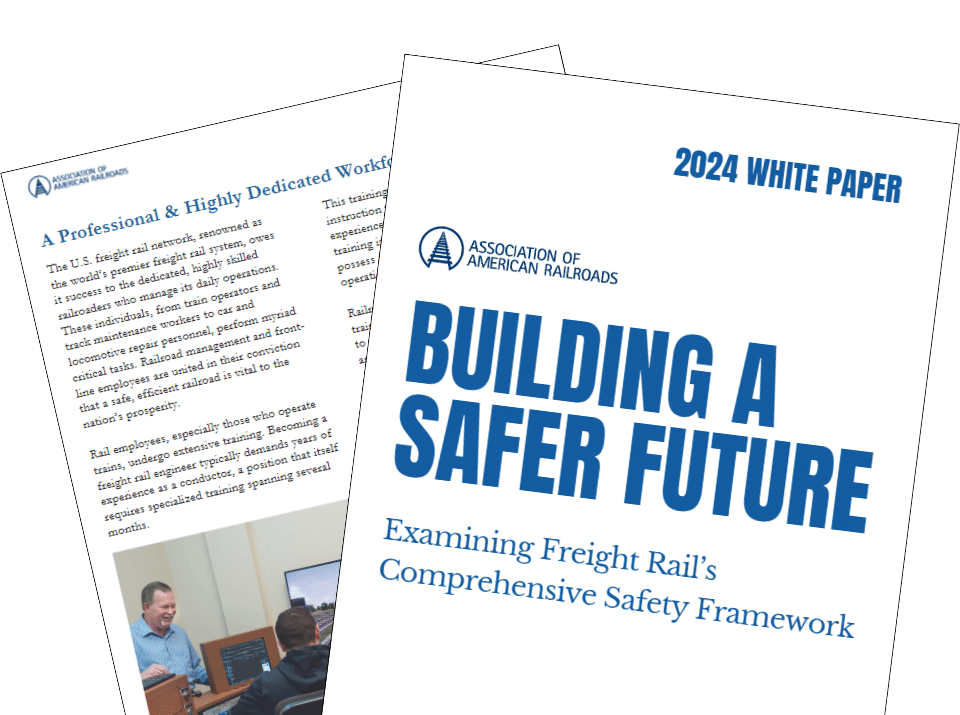
In their commitment to a comprehensive safety culture, railroads have diligently undertaken proactive measures to enhance rail safety following the incident in East Palestine, Ohio, last year. These voluntary initiatives, shaped by insights gained from the incident, were executed without external regulatory or congressional mandates. The objective is to minimize the likelihood of similar incidents in the future while continuing to make the entire network safer. Below are the promises railroads made and details of how they kept them.
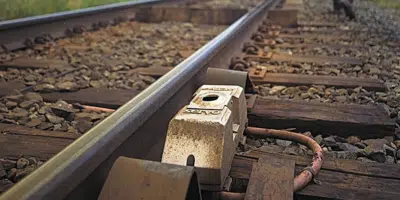
Increase the frequency of detectors on key routes. Railroads have deployed hundreds of new detectors, which will be complemented by additional existing and evolving technologies targeted at effectively identifying bearing defects.

Set a new standard to stop trains and inspect bearings whenever an HBD reading exceeds 170°. Effective July 1, AAR rules lowered the threshold to remove a car from 200° to 170°.
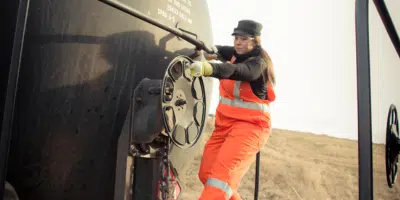
Identity ways to improve the fire performance for tank cars and other service equipment. AAR’s tank car committee is working through engineering solutions and has issued new recommendations for bottom valve protection requirements to increase safety.

Analyze trending programs to develop uniform recommendations for proactively identifying problematic bearings. At the end of 2023, following an intensive review of different algorithms by Railinc, railroads finalized a new, industry-wide trending analysis rule.
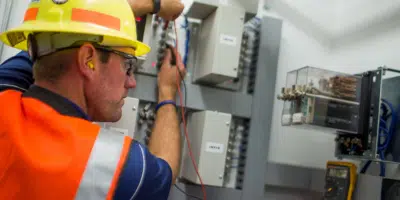
Join the FRA’s voluntary program to supplement their own confidential reporting programs. Railroads continue to affirm their commitment to working through the outstanding issues surrounding C3RS.
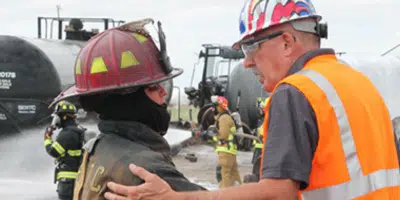
Train 20,000 first responders in local communities and SERTC will train 2,000 responders. In 2023, Class I railroads trained 35,500 first responders, and SERTC offered specialized training to 1,800 responders. They also developed online programs for national access.

Double the number of first responders with access to AskRail by partnering with all 50 state fire associations. AskRail now reaches over 2.3 million first responders through collaboration with CHEMTREC, CANUTEC and nearly 200 Emergency Communications Centers.
Railroads continuously work to improve employee safety.
Railroads prioritize safety culture through knowledge-sharing and cutting-edge training centers with simulators and virtual reality. Daily employee meetings emphasize teamwork and ongoing on-the-job learning. Innovations like drone-based bridge inspections not only enhance job performance but also ensure employee safety.
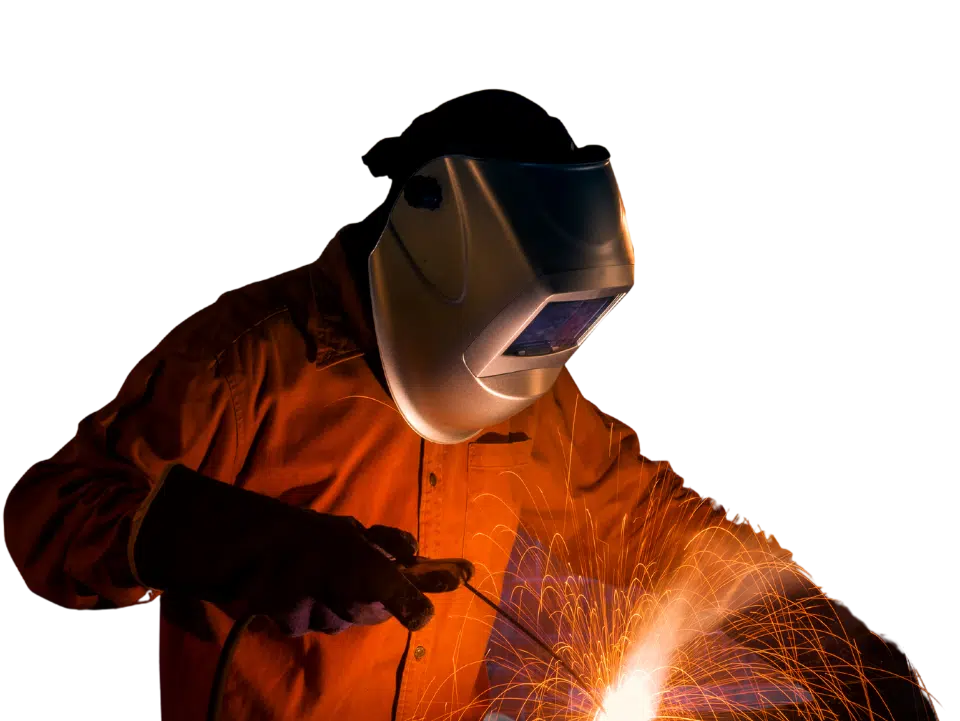
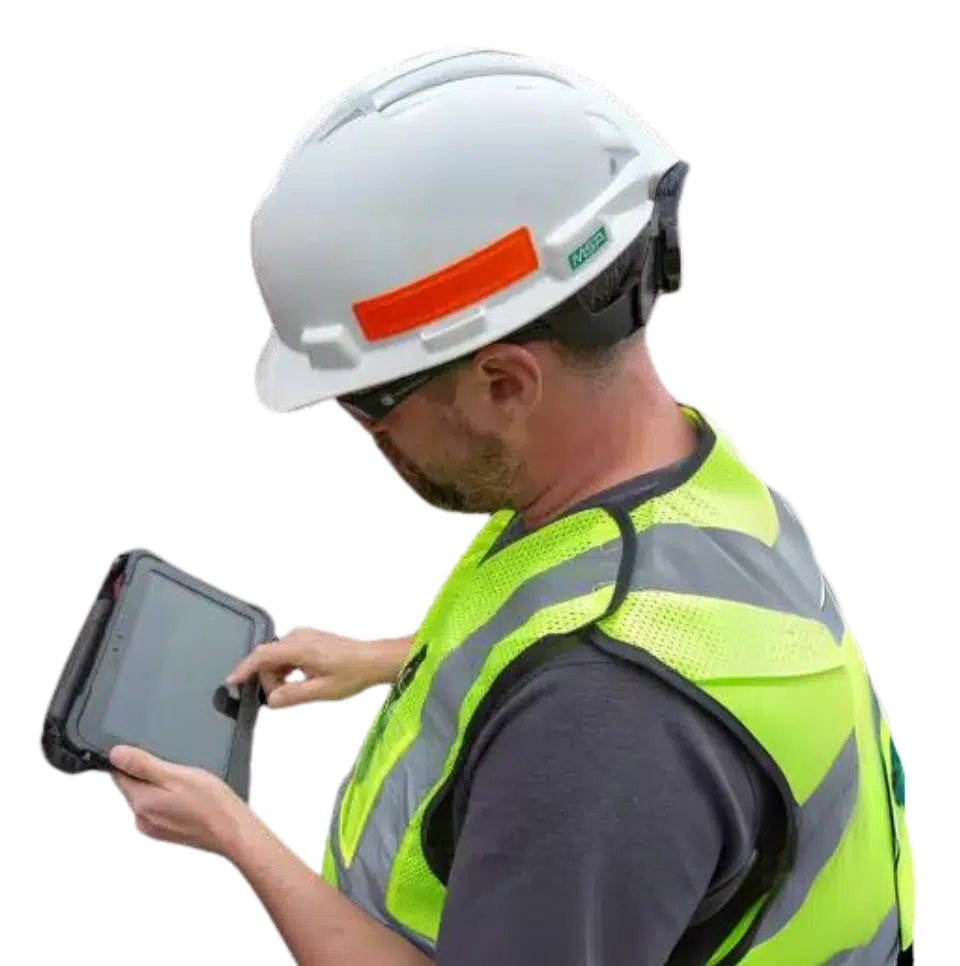
Technology extends human inspection capabilities.
Railroads use technology every moment of the day to keep employees, communities, infrastructure and equipment safe. From acoustic tools that can hear the health of a track to machine visioning that can see defects on passing rail cars, these advancements help guide maintenance planning, which has led to greater safety, accuracy and productivity than ever before.
Advanced inspection technology increases safety.
In addition to conducting the various inspections required by FRA, railroads have, for decades, voluntarily invested in testing, implementing and advocating for advanced inspection technology to supplement manual inspections. Moving forward, more automated technologies allow further progress in challenging areas like reducing human error and improving grade crossing safety.

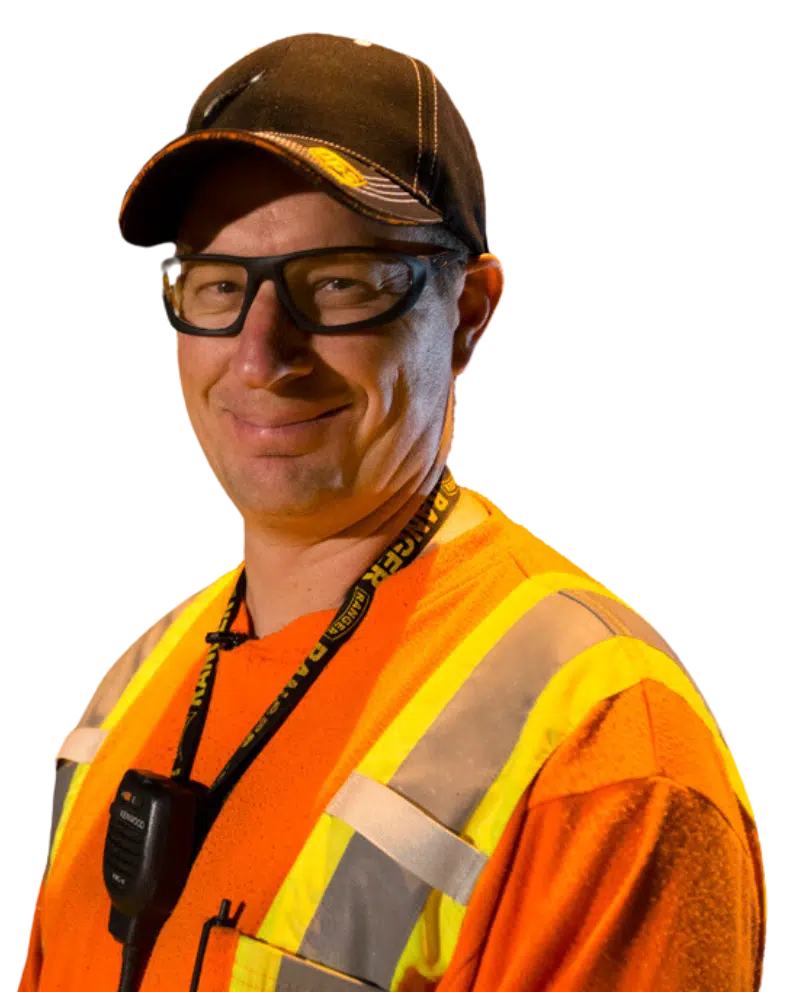
Railroads have lowered the hazmat accident rate by 75% since 2000 to its lowest ever rate.
Railroads play a crucial role in safely transporting hazmat, ensuring the well-being of communities, their employees and the environment. Beyond complying with strict regulations and operating practices, railroads have advocated for more stringent tank car standards, voluntarily developed the AskRail app for first responders and worked with the FRA to create routing software. When an incident does occur, railroads work with first responders to help families and individuals within an affected community.
A well-run railroad is a safe railroad.
Since 2000, America’s Class I railroads have spent $439 billion on network maintenance and capital expenditures — including to modernize tracks, bridges, tunnels, rail cars and locomotives — while the track-caused and equipment-caused accident rates have dropped 50% and 31% since 2000. For its last two report cards, the American Society of Civil Engineers has awarded rail its highest grade.
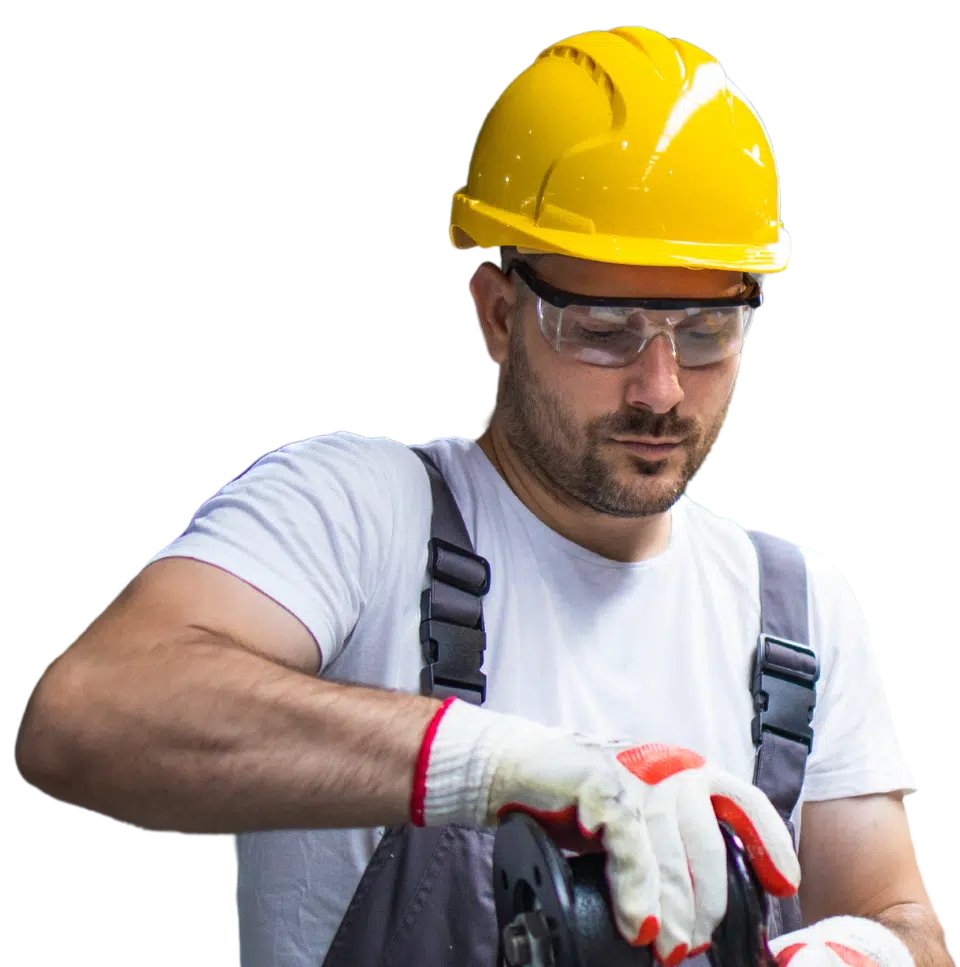
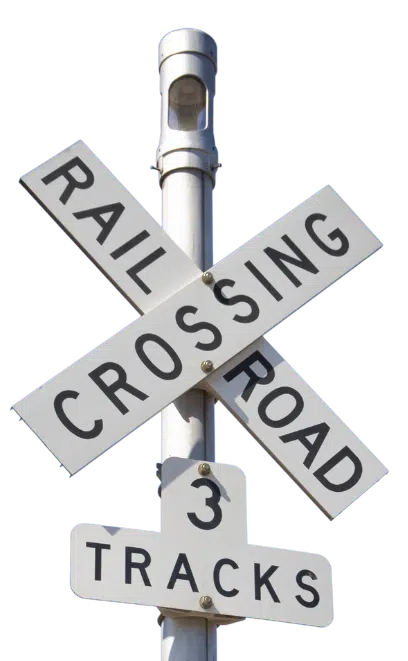
The grade crossing collision rate was down 25% in 2023 compared to 2000.
Railroads are actively addressing challenges at public grade crossings, collaborating with various stakeholders to ensure safety. Progress includes a decline in fatalities over the years. Collaborative efforts include reducing crossings, installing safety devices, and partnering with Congress and entities to enhance awareness and fund projects. While recognizing achievements, railroads remain committed to further improving safety, supporting communities, and maintaining a secure and efficient rail network.
Freight railroads are building a network that can withstand climate-related hazards.
Through innovative technologies and billions in annual private investments, railroads continue to adapt to meet the current and future challenges of climate change while continuing to deliver for the American economy.


Freight railroads work with government agencies and public partners to monitor their networks 24/7.
Following a regularly updated comprehensive Security Management Plan, railroads share information and identify, mitigate and respond to risks. Since 1999, freight railroads have maintained a unified cybersecurity plan. The rail industry was one of the first to immediately review, test and update safety procedures based on new threats after 9/11.
Empowered by technology and data insights, railroaders are dedicated to keeping the rail network safe from the beginning of a train’s journey to its end and beyond.
Scroll Down
At a train’s origin, mechanical employees and train crews thoroughly examine the train to ensure critical components meet rigorous industry safety standards.
Drones examine sections of bridges and tracks in areas that may be hard to reach, which helps keep employees and trains safe.
Sensors throughout the locomotive continually gather data on the performance of individual components.
Tracks and grade crossings are inspected regularly by automated equipment and visually to ensure infrastructure safety.
Machine visioning stations capture hundreds of images per second of locomotives and railcars that pass through at-speed, capturing potential issues human eyes may miss.
Sensitive computers analyze the sounds of passing trains to hear if axle bearings will need to be scheduled for repair.
To be sure wheels are in a safe working condition, track-imbedded lasers provide an individual profile for each individual wheel, often exceeding 1,000 images per train.
Track-side infrared, laser and acoustical sensors share information to centralized databases where the health of locomotives and cars is tracked, and equipment can be sent to repair before it reaches a safety limit.
Advanced technology prevents the most serious human-error accidents like train-to-train collisions and over-speed derailment.
These on-board systems coach the engineer and can even adjust the locomotive’ throttle based on the terrain and surrounding traffic.
Sonar technology assesses the stability of bridge piers, helping ensure safe bridge crossings.
Track geometry cars, internal rail flaw detection equipment and sensors on Locomotives measure rail-wear, track alignment, curve elevation and much more.
Train dispatchers at rail operation centers keep locomotive engineers and other personnel along the railroad updated on route conditions.
Railroads analyze the data collected from technologies across the network to identify and prioritize proactive maintenance, helping to keep the 140,000-mile network safe and efficient.
Safety is a never-ending process that is an integral part of rail operations. Empowered by technology and data insights, railroaders are dedicated to keeping the rail network safe from the beginning of a train’s journey to its end and beyond. Swipe right to learn more.
At a train’s origin, mechanical employees and train crews thoroughly examine the train to ensure critical components meet rigorous industry safety standards.
Drones examine sections of bridges and tracks in areas that may be hard to reach, which helps keep employees and trains safe.
Sensors throughout the locomotive continually gather data on the performance of individual components.
Tracks and grade crossings are inspected regularly by automated equipment and visually to ensure infrastructure safety.
Machine visioning stations capture hundreds of images per second of locomotives and railcars that pass through at-speed, capturing potential issues human eyes may miss.
Sensitive computers analyze the sounds of passing trains to hear if axle bearings will need to be scheduled for repair.
Sensitive computers analyze the sounds of passing trains to hear if axle bearings will need to be scheduled for repair.
Track-side infrared, laser and acoustical sensors share information to centralized databases where the health of locomotives and cars is tracked, and equipment can be sent to repair before it reaches a safety limit.
Advanced technology prevents the most serious human-error accidents like train-to-train collisions and over-speed derailment.
These on-board systems coach the engineer and can even adjust the locomotive’ throttle based on the terrain and surrounding traffic.
Sonar technology assesses the stability of bridge piers, helping ensure safe bridge crossings.
Track geometry cars, internal rail flaw detection equipment and sensors on Locomotives measure rail-wear, track alignment, curve elevation and much more.
Train dispatchers at rail operation centers keep locomotive engineers and other personnel along the railroad updated on route conditions.
Railroads analyze the data collected from technologies across the network to identify and prioritize proactive maintenance, helping to keep the 140,000-mile network safe and efficient.

